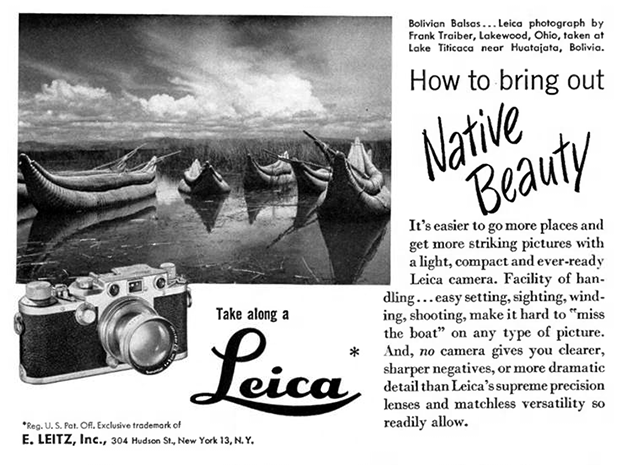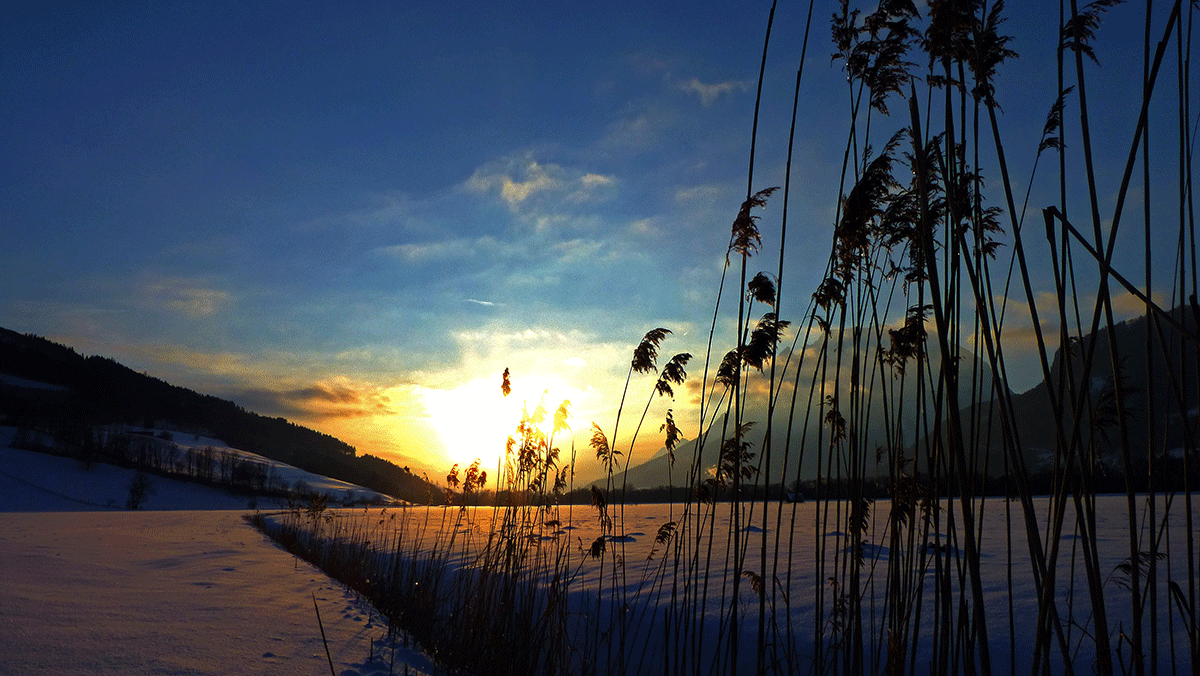
The town where my husband grew up isn’t much to look at. There’s a main road lined by a supermarket, a place where you can buy a tractor, a tabak (one of those shops with cigarettes and stamps and postcards and candy bars and magazines), a cafe, a shockingly modernist church, a motorcycle and scooter dealer, a franchised bakery, a few hair salons… small town businesses. You know.
This is one of a number of villages just like it that dot the valley. In the next town up there’s a larger onion domed parish church (c. 1145) and an old courthouse that’s quite attractive, but there’s also a bus terminal that looks like it’s made from Lego and there’s another shockingly modern black box that houses, I think, a graphic design firm. About 20 miles the other direction there’s a market town and while there are some pretty back streets, the main part of town is a shopping center and a bunch of box stores that are not all that different from any suburb in the US — sporting goods, electronics, a few competing giant supermarkets, a drug store, there’s even a McDonald’s. There are a lot of 60s and 70s blocky apartment and office buildings, and parking lots, and it’s, well, it’s functional.
The novelty of the newer architecture wears off fairly quickly. Brand new buildings seem trying too hard to be modern. Everything else, to my unsophisticated eye, is too plain and and tries to hard to be the same. Surely there’s a metaphor about the Austrian psyche here. You get either Conchita Wurst, Austria’s flamboyant drag artist singer, or the girl next door, and the inbetweeners feel vaguely embarrassing, like they got dressed in the dark and didn’t realize those colors didn’t go together until they got to work. Oops. I turn my camera away from all of that and look at the landscape and the older, more traditional houses instead.
The valley is lined by steep granite peaks. There’s a river that runs through the middle of it, the Enns, and the water is so clear you can see the outline of each stone in the river bed. The fields, which are green with cornstalks or grass in the summer, are punctuated with old hay sheds. In the winter, the sheds stand alone surrounded by unmarked snow, or maybe there are rabbit tracks or bird tracks, but not much more. There are white birch trees around the lake, and some tall reeds that, early in the morning, are decorated in feathery white frost. In the evening, when the sky is clear, it is purple hued and that color is reflected in the white blankets of snow. I like to take pictures of that stuff, and if my photos are devoid of people it’s because there simply are no people on the frozen edges of the lake shortly after sunrise, or in the middle of those snow covered meadows, or on the hiking trails that crisscross the landscape.
I feel a bit sheepish about the compliments I’ve been getting for my photography of late. I understand all too well the work of composition, of noticing the light, of seeing well enough to make a good photo. But it also feels like the photos are a bit accidental, like the reason they’re good has less to do with me than with the fact that I happen to be in a very beautiful place when the light is good.
A lot of travel photography embodies that accident of being in a pretty place at an especially attractive time of day. See how lovely the terraced vineyards are. See how lovely the sailboats on the horizon are. See how lovely the red geraniums are in that window box framed by green shutters. See how lovely the snow capped granite peaks are. It’s hard to take a bad photo in some of these places. When I hear “Your photos of [place name] are great,” I think, “How can they not be? Any clown with an auto-focus camera can take a gorgeous shot in this place, it’s so unbelievably lovely here.”
This is not the whole truth, of course, and anyone who’s clicked through an apathetic photographer’s pics knows it. Once, I received an email advertisement for an app that would tell me how to get exactly The Shot at iconic tourist places around the world. It would tell me where to stand, what the best time of day was, how to frame the thing, and as a result would be a photo that looked exactly like anyone’s photo of that place.
Where’s the joy in that? Where’s the serendipity of noticing? The shadow lies on the ground in a perfect black paper cut out square. The pattern of the forest is an ideal counterpoint to the flat, undisturbed white of the frozen lake. The long diagonal of the ridge slices a voluptuous curve out of the sky, the water is a mirror, the sky really is that purple, it’s not just a trick applied afterwards in a photo editing tool. Where is the light, first, but where are the lines? Where is the color? Where is my point of view? Discarded, for one packaged as ideal. No thank you.
It’s rather nice to be acknowledged for my eye, of course. But also, it’s important to give a nod to the place and what’s it’s giving me, and the fact that right now, I have the leisure to take a good long look at where, exactly, I am. There is a real luxury in having this kind of access to such remarkable landscape. I hope I am not wasting it, nor taking it for granted.


how about equal credit to the landscape and the photographer? the marriage of the two allows me to sit back and enjoy something I would never have seen otherwise. kudos to both!
Amen.
Beautiful words and a beautiful picture.
Traveling and photography can be a deadly combo when traveling with a partner. More than once I have been asked, “Are you done yet?” Getting that great shot is almost always a bit serendipitous at these times.
“Where’s the serendipity of noticing?“
You capture my erstwhile unscripted thought on taking pictures…
What about the serendipity of finding an amazing writer’s words while idly wondering if anyone has ever academically studied the patterns of dahlias!! Thank you Professor Google 🙏🏻